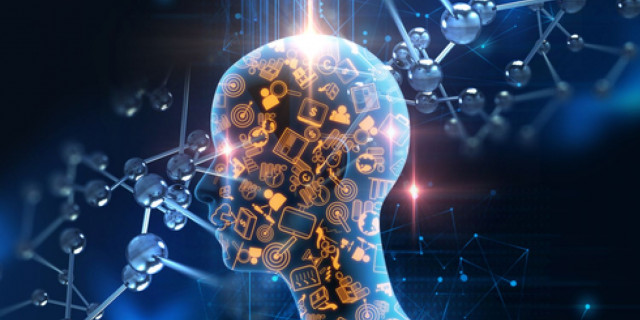Artificial Intelligence in Psychology

GPT-3 can keep up with humans in certain domains, it lags in others.
Published: 2023-03-11
The strong AI tool called the language model GPT-3 has undergone research at the Max Planck Institute for Biological Cybernetics in Tübingen to assess its general intelligence. They investigated skills like causal thinking and deliberation using psychological tests and contrasted the outcomes with human abilities. According to Max-Planck-Gesellschaft, 2023, "Artificial Intelligence from a psychologist's point of view." for ScienceDaily.com, there is a mixed picture: while GPT-3 can keep up with humans in certain domains, it lags in others, perhaps as a result of limited exposure to the outside world.
Natural language input may train neural networks to respond, and they are also capable of producing a wide range of texts on their own. Presently, GPT-3, a language model made available in 2020 by the AI research firm OpenAI, is most likely the most potent of such networks. GPT-3 may be asked to create a variety of texts since it has been trained to do so by being given a lot of information from the internet. Surprisingly, it not only writes messages that are (nearly) indistinguishable from those created by humans, but it also excels at other skills like programming or math.
The Linda Problem: Making mistakes is not only 'a human thing':
These remarkable talents make one wonder if GPT-3 has cognitive capacities similar to those of humans. Researchers from the Max Planck Institute for Biological Cybernetics have now put GPT-3 through a battery of psychological tests that look at several facets of general intelligence to find out. GPT-3's decision-making, information-seeking, causal reasoning, and capacity for self-reflection were all closely examined by Marcel Binz and Eric Schulz. They assessed whether the responses were accurate as well as how close GPT-3's mistakes were to human errors by comparing the test results of GPT-3 with answers provided by human test subjects.
The so-called Linda problem is one well-known test problem in cognitive psychology that we handed to GPT-3, according to research lead author Binz. The test volunteers are introduced to Linda, a fictitious young lady who is opposed to nuclear power and intensely concerned with social justice. The subjects are asked to choose between the following two options based on the facts provided: Is Linda a bank teller, or is she a bank teller who is also involved in the feminist movement?
Despite the fact that the second option is less plausible given the additional need that Linda to be actively involved in the feminist movement, the majority of people instinctively choose it. Moreover, the GPT-3 language model follows human behavior in that it replicates human fallacies rather than making decisions based on logic.
According to Binz, this occurrence might be explained by the possibility that GPT-3 is already familiar with this specific task and is aware of the normal responses to this query. Before being put to use, GPT-3, like any neural network, had to go through some training. By receiving a ton of text from different data sets, it has learned how people typically use language and how they react to linguistic cues.
So, the researchers wanted to rule out the possibility that GPT-3 just replicates a remembered response to a specific situation. They created additional tests with comparable difficulties to ensure that it truly demonstrates intellect on par with that of humans. Their results provide a conflicting picture: GPT-3 performs nearly as well as humans in decision-making. Nonetheless, it is obvious that artificial intelligence lags when it comes to looking for particular information or making causal inferences. This may be because GPT-3 does not actively interact with the world, as is necessary to match the complete complexity of human cognition, but instead merely passively absorbs information from texts. According to scientists, this may change in the future because users currently interact with models like GPT-3 in numerous applications. Future networks may learn from these interactions and subsequently converge more and more toward what we would refer to as human-like intelligence.